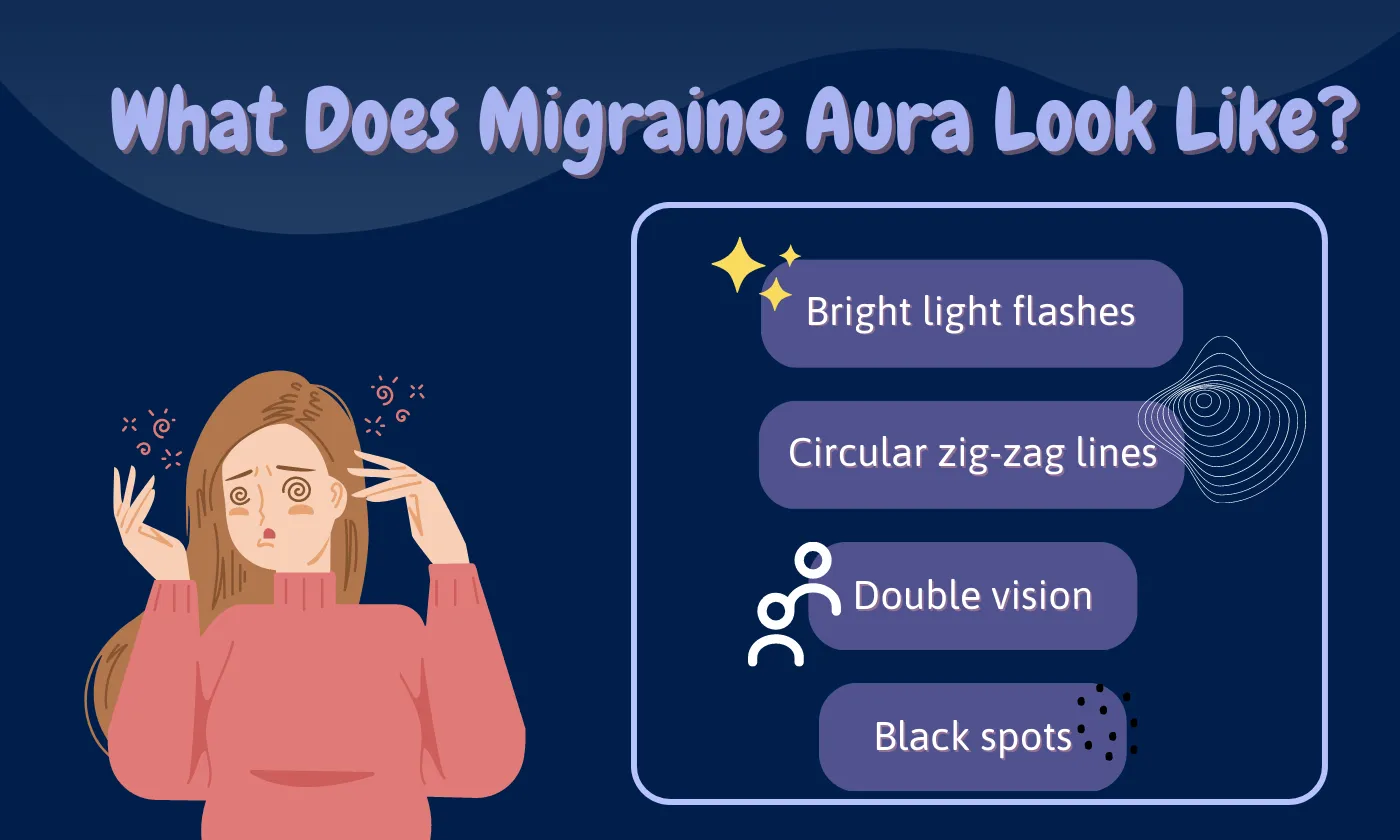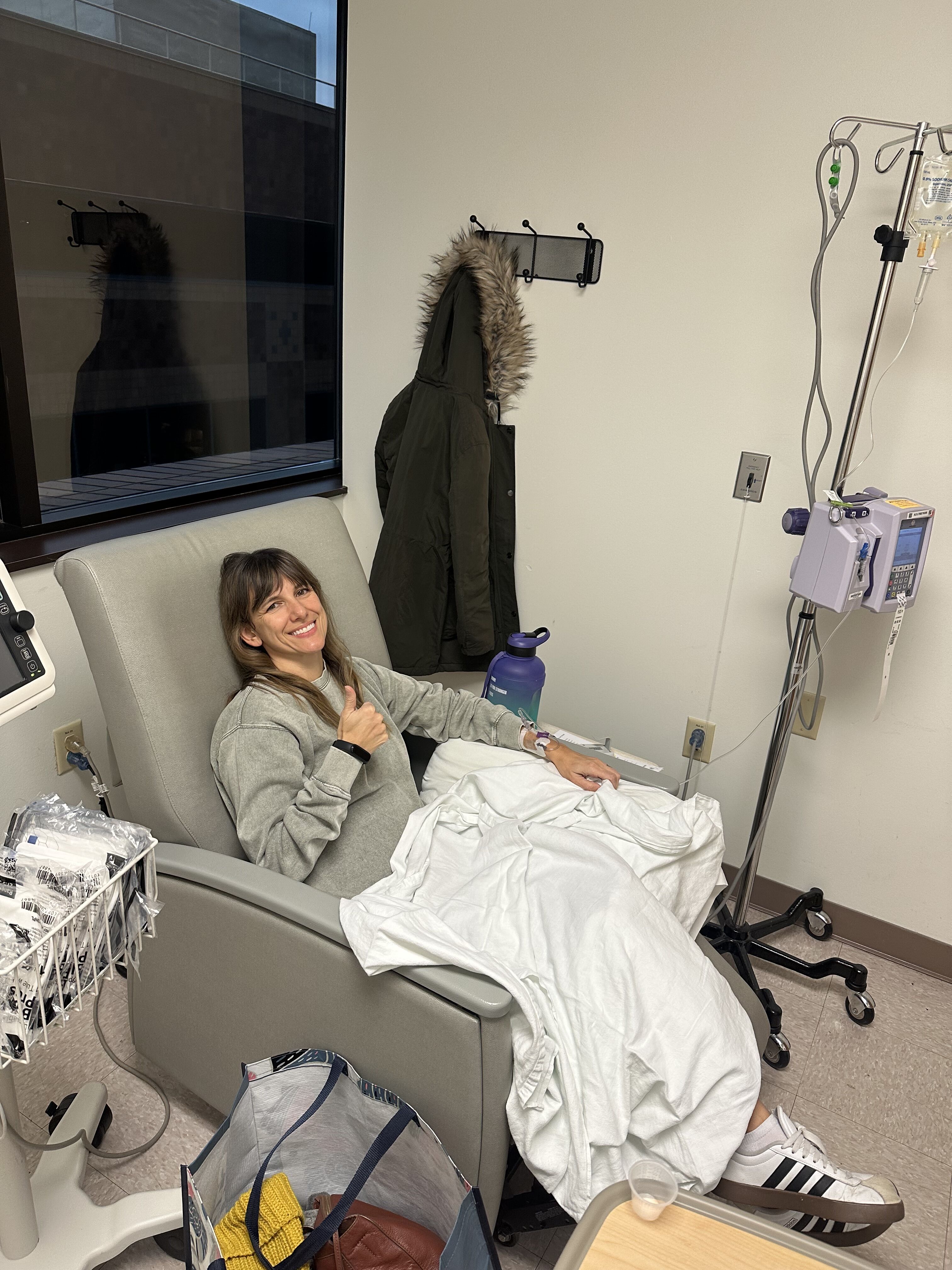Z loves science and nature so I guess I should have been surprised when he recently came home with a library book about composting. J and I have been wanting to compost for a while, but this was definitely the tipping point of inspiration. For those that aren’t familiar with composting it is a way to reduce waste by recycling your scraps in a way that allows the discarded matter to decay and become fertilized soil.
The thing about composting is that it can be very intimidating. It involves carbon-nitrogen ratios, PH balance, earth worms, and special tools. The good news is it doesn’t have to be that complicated. We decided to take the plunge without even having a compost bin. Here’s how we did it.

1. We started with Carbon-rich materials like dried up leaves and pine needles, but leave out the baby. This is called brown matter.

2. Then we added grass clippings after J mowed. This is the bulk of our pile and that’s where the nitrogen comes in. That’s part of the green matter. You need both brown and green matter for the process to work.
3. Next we dug up a lit bit of soil from the ground to stir into the pile.
4. Lastly we add select kitchen waste.
You have to do your research about what you can and can’t add to your pile. Some claims will include almost anything you want, while others have very narrow specifications. We usually only add three things “Green matter” which is Plant based foods, along with coffee grounds, and egg shells.

One time I threw in a chipotle container, because I knew it was compostable, so why not!

The green matter is whats left when I chop up fruits and vegetables.

This could be the ends of broccoli, carrot peels, strawberry stems, apple cores etc. We have plenty of these nutrient rich scraps on a daily basis.

Another thing we have a lot of is coffee grounds. You may have noticed Starbuck’s and many other coffee shops are now offering their discarded grounds for free to use in your garden. We have plenty of coffee grounds in our compost because we use the french press to make coffee almost everyday and we dump it into our compost pitcher every single time. Coffee grounds are like magic dust for soil. This article from Tips Bulletin does a great job explaining the multiple ways coffee grounds are helpful to use in gardenting.
Lastly, we throw in a lot egg shells because we eat eggs nearly everyday. Egg shells are great for compost because they add calcium. Did you know plants need calcium too?
Composting has become a wonderful part of our routine in the kitchen. I can put the scraps in a bucket and it’s just a short walk over to the pile at my convince. Then I use a pitchfork to cover up the scraps (that part is important).

Not only does it help the environment by reducing waste, but the soil it creates is great for gardening. It’s like having a free miracle grow. It also gives me an excuse to use a pitch fork which makes me feel tough.

If you’ve ever thought about composting, but were waiting on a bin or an in depth tutorial now you have no excuse. Good luck!

This post is a part of a 31 day series called Captain of the Kitchen. For more of the series click here.





We compost too! We have one of those fancy bins because it was sitting in my bro-in-law’s backyard in MD and he never used it. We just so happened to be traveling in a truck – guess what came home with us? You bet!!!
Always wanted a compost pile but we don’t have quite enough room in our backyard and I always worried it would be stinky. I think it’s a great thing to do with your children and teach them the importance of it in the educational value of how food breaks down !
Great Post! I always wanted a compost pile but we don’t have quite enough space in our backyard. It’s great thinking. Really appreciate this article.
That’s awesome. You can do it!
I didn’t see anything on how long it takes to be ready to use? How often do you mix around the pile?
We actually never mix our compost. We layer it often between giving lots of daily scraps from our home (eggshells, coffee grounds, and fruits and veggies). We also have leaves and grass clippings from every time we do yard work. It takes about 4 months before we start another pile and then shovel out what we want to use from the old pile for our garden. In the winter we take a break from composting although you don’t necessarily have to. We are up north and it would take too long to decompose and plus we don’t cut the grass in the winter.